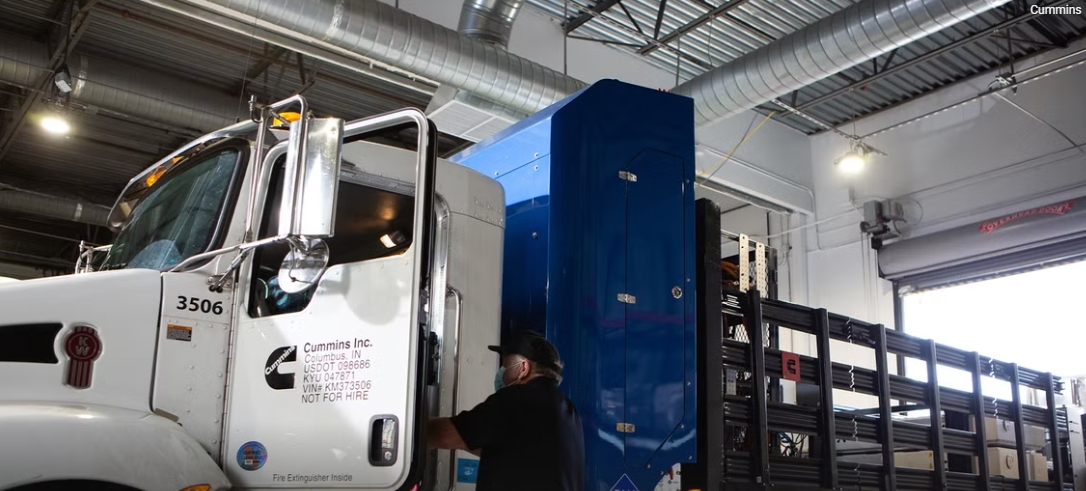
Cummins' latest product is called the H2 ICE turbocharger, and the engine manufacturer claims it will be a game-changing piece of tech designed specifically for hydrogen-powered internal combustion engines. The turbocharger is tailored to meet the unique demands of hydrogen combustion. With new aerodynamics, advanced prognostics for reliability, and full compliance with Europe’s strict emission standards, this turbocharger is ready to revolutionize low-emission mobility.
What makes this turbocharger so special is that it answers all hydrogen combustion challenges, such as varying lambda requirements, increased water production, and metallurgical impacts. Cummins has managed to tackle these head-on by delivering a turbocharger that optimizes performance and efficiency for heavy-duty applications.
Cummins claims that it has already secured a contract with a major European manufacturer to supply these turbochargers for their hydrogen-powered fleet.
Cummins isn’t the only player in the hydrogen game. Toyota, with its Mirai sedan and hydrogen-powered prototypes , has been a pioneer in showing the potential of fuel cells and hydrogen combustion. Hyundai is right behind, pushing its Nexo hydrogen SUV and developing H2 ICE solutions for commercial vehicles. Even BMW has dabbled in hydrogen-powered concepts, showcasing the versatility of this technology.
However, it's important to note that while other manufacturers are eyeing passenger vehicles and light commercial applications, Cummins is addressing one of the hardest sectors to decarbonize - the big rigs that keep the global economy moving. By creating a turbocharger that works seamlessly with hydrogen, Cummins is bridging the gap between traditional diesel engines and a zero-emission future.
Unlike battery-electric vehicles, which require extensive charging infrastructure and long charging times, hydrogen engines can refuel in minutes and offer the same robust range and durability that heavy-duty applications demand. And, they produce zero CO2 emissions.